Loebl opens her book with a jolt: Over the course of their rule, the Nazis looted some 650,000 pieces of art. In her ranging and mostly engrossing investigation, she focuses on the principal figures, events, and works that were at play in this knotted and tragic story of art in the Third Reich. The author of 14 books, including America’s Medicis: The Rockefellers and Their Astonishing Cultural Legacy, Loebl herself escaped Nazi Germany with her art-collecting family. As she rightly conveys, art was something that senior Nazis both hungered for and despised, depending on the subject, genre, and artist’s nationality. In swift and unencumbered prose, the author tells of how they attempted—and often succeeded—in cleansing it, first in Germany and then in the territories they occupied, looting museums and private collections at will. One target was the German Expressionists whose work Hitler regarded as “degenerate.” In short profiles of the artists and their patrons or dealers, Loebl gives a thoughtful account of this crucial interwar movement and the attacks it endured as the Nazis rose to power. The author, who spent much of the war in hiding in Belgium, weaves in her personal story to great effect, including descriptions of her own forbears’ collections of Bauhaus furniture and important prints and paintings. Her writing sags at times when she attempts to demonstrate the vastness of Nazi plunder by favoring breadth over depth in stories of dozens of dealers and collectors. This choice makes some of the characters seem unidimensional. This blemish aside, she succeeds in presenting the immensity of artistic loss caused by the Germans, both the spoliated works and sometimes the artists themselves, some of whom perished in concentration camps. Powerfully, she gives readers a blunt reminder of how much art with dubious provenance remains in the galleries of our great museums.
